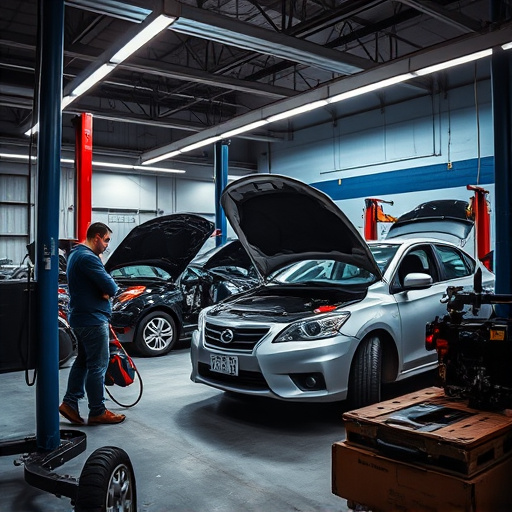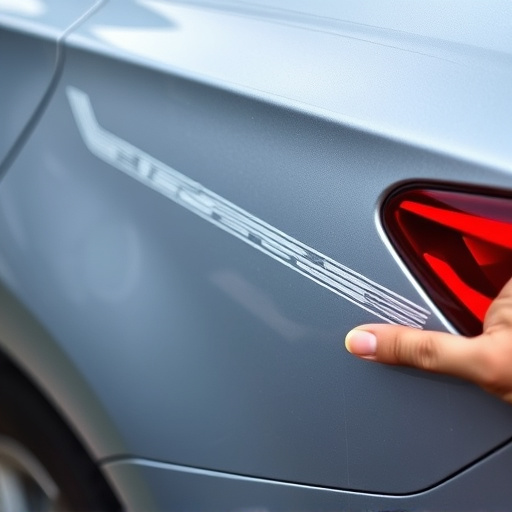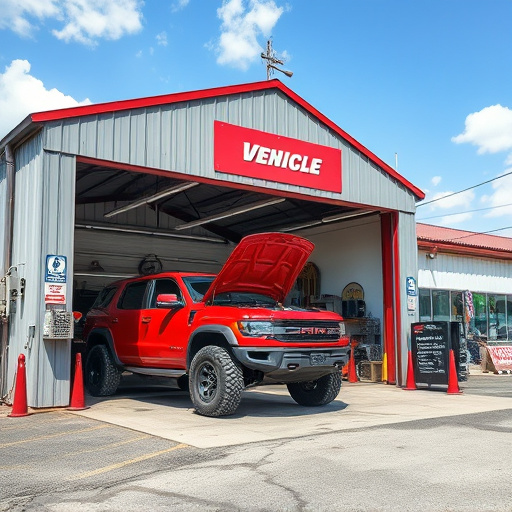While a lifetime repair warranty seems like a safety net for vehicle owners, it often has significant exclusions. Routine maintenance, accidents, and neglect are typically not covered. Coverage for collision repairs varies widely. Understanding these exclusions is crucial to make informed decisions when selecting a body shop. Adhering to manufacturer guidelines and regular maintenance is essential to avoid voiding claims under a lifetime repair warranty.
Understanding the fine print in lifetime repair warranty agreements is crucial for any consumer. This comprehensive guide delves into what these warranties truly cover, uncovering exclusions and limitations that often trip up unsuspecting buyers. We’ll break down your rights and responsibilities, empowering you to make informed decisions. Learn how to navigate these intricate agreements and ensure maximum protection for your investments with a lifetime repair warranty.
- What Does a Lifetime Repair Warranty Really Cover?
- Deciphering Exclusions and Limitations
- Your Rights and Responsibilities Under the Warranty Agreement
What Does a Lifetime Repair Warranty Really Cover?

When it comes to a lifetime repair warranty, many consumers assume it offers comprehensive protection for any and all repairs needed on their vehicle throughout its ownership. However, the reality is often more nuanced. These warranties typically cover structural issues related to the original manufacturing defects in materials or workmanship. This means they generally apply to issues with the vehicle’s frame, body panels, and major components like the engine or transmission.
While a lifetime repair warranty can be invaluable for significant structural repairs, it usually excludes routine maintenance, normal wear and tear, and damage caused by accidents, natural disasters, or neglect. For instance, regular tasks such as painting, detailing, or replacing exterior parts due to aging are not typically covered. Moreover, these warranties often have specific conditions and exclusions, so consumers should carefully review the terms to understand what is indeed guaranteed under the agreement. Visiting a reputable auto repair shop can help clarify coverage details and ensure any repairs are handled according to the warranty’s guidelines.
Deciphering Exclusions and Limitations

When reviewing a lifetime repair warranty, understanding exclusions and limitations is key to knowing what’s covered and what isn’t. These agreements often exclude certain types of damage, such as those caused by accidents, neglect, or environmental factors like extreme weather. For instance, while a lifetime repair warranty on a vehicle’s body may cover rust prevention, it typically won’t encompass damages from road salt or repeated washing without proper care.
Collision repair services and dent removal are common areas where warranties can differ significantly. Some providers might offer comprehensive coverage for these services, including labor and materials for years to come. However, others may cap the warranty period or specify conditions like maintaining regular maintenance schedules. Exploring the intricacies of these exclusions is vital to making an informed decision when choosing a body shop service that aligns with your needs and budget.
Your Rights and Responsibilities Under the Warranty Agreement

When you sign up for a lifetime repair warranty, it’s crucial to understand your rights and obligations. These agreements offer significant protection for your investment, ensuring that defects in materials or workmanship are covered throughout the vehicle’s life. Under such warranties, you’re entitled to free repairs or replacements for eligible issues, providing peace of mind during ownership.
However, your responsibilities also come into play. Regular maintenance and adherence to manufacturer guidelines are essential. Failure to do so might void certain warranty claims. Additionally, understanding what constitutes a covered defect is key; while most warranties cover structural issues, cosmetic changes like car restoration or vehicle paint repair might not be included. Always review the fine print for specific details regarding auto glass repair and other services that could impact your coverage.
When reviewing a lifetime repair warranty, it’s crucial to understand the fine print to ensure you’re fully aware of what’s covered and what isn’t. By deciphering exclusions and limitations, and knowing your rights and responsibilities, you can make an informed decision that protects your investment. A comprehensive lifetime repair warranty should offer peace of mind, but it’s essential to read and understand the terms before signing on the dotted line.













